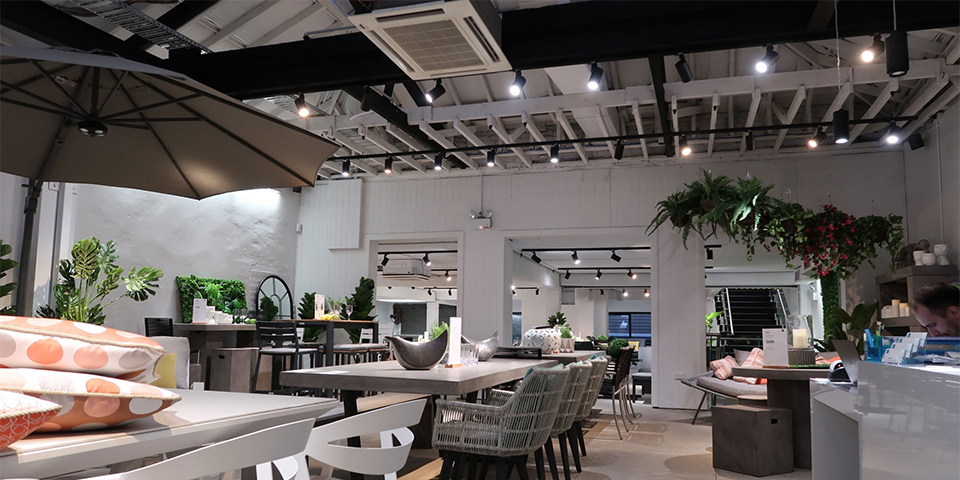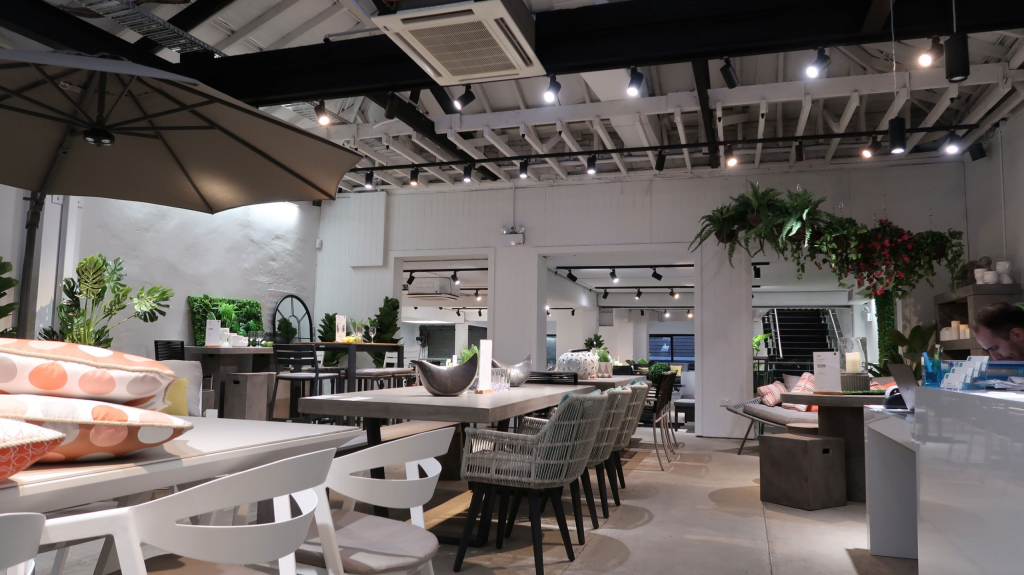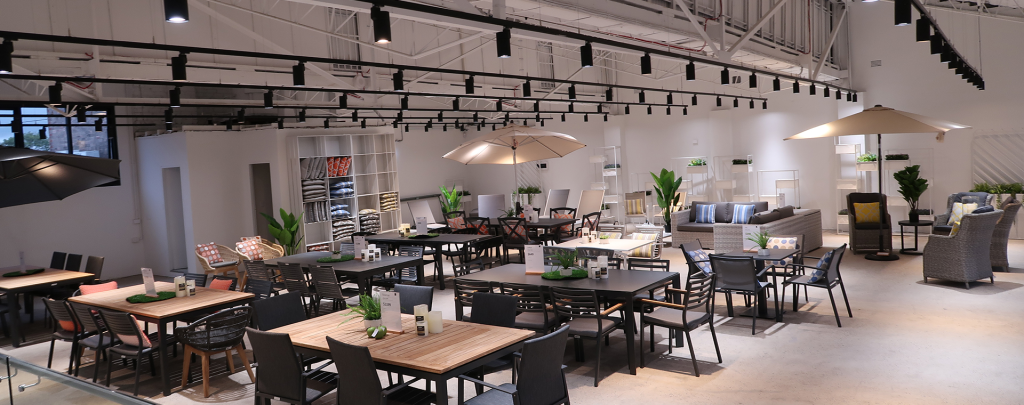Track Lighting Design: Enhancing Your Space with Style and Functionality
By Powerstar

Track lighting design has become a popular choice for both residential and commercial spaces due to its versatility, functionality, and aesthetic appeal. This type of lighting system offers a modern and sleek design that can be customized to suit various interior styles and requirements. Whether you are looking to illuminate a specific area, create a focal point, or enhance the overall ambiance of a room, track lighting design provides a flexible and efficient solution. In this article, we will explore the various aspects of track lighting design, including its benefits, applications, and tips for creating a stunning lighting scheme for your space.

Benefits of Track Lighting Design
One of the key advantages of track lighting design is its flexibility. Unlike traditional lighting fixtures, track lighting allows for adjustable and directional illumination. The track system consists of multiple light fixtures that can be repositioned along the track to focus light on specific areas or objects. This feature makes track lighting an ideal choice for highlighting artwork, architectural details, or other focal points within a space.
In addition to its flexibility, track lighting design offers energy efficiency and cost-effectiveness. With the option to use LED bulbs, track lighting consumes less energy and has a longer lifespan compared to traditional incandescent or fluorescent lighting. This not only reduces energy costs but also minimizes the need for frequent bulb replacements, making it a sustainable lighting solution.
Furthermore, track lighting design can contribute to the overall aesthetic of a room. The sleek and modern appearance of track fixtures adds a contemporary touch to any space, making it a popular choice for modern and minimalist interior designs. Additionally, the availability of various track styles, finishes, and fixture designs allows for customization to complement the existing decor and architectural elements of a room.

Applications of Track Lighting Design
Track lighting design can be applied in a wide range of settings, from residential living spaces to commercial environments. In residential settings, track lighting is commonly used in kitchens, living rooms, dining areas, and home offices. It can be installed to provide task lighting for food preparation areas in the kitchen, accent lighting for artwork or decorative elements in the living room, or ambient lighting for entertaining spaces.
In commercial spaces, track lighting design is often utilized in retail stores, galleries, restaurants, and offices. The flexibility of track lighting allows for the creation of dynamic and visually appealing displays in retail environments, where products and merchandise can be effectively highlighted. In galleries and museums, track lighting is used to illuminate artworks and exhibits, drawing attention to specific pieces while maintaining a cohesive and well-lit environment.
Tips for Creating a Stunning Track Lighting Scheme
When designing a track lighting scheme for a space, there are several factors to consider to ensure optimal functionality and visual impact. Here are some tips for creating a stunning track lighting design:

- Determine the Purpose: Identify the specific lighting needs of the space, whether it is task lighting, accent lighting, or ambient lighting. This will help determine the type and placement of track fixtures to achieve the desired lighting effects.
- Consider the Layout: Take into account the layout and architectural features of the space when planning the track lighting design. Consider the placement of furniture, artwork, and other elements that may influence the positioning of track fixtures.
- Select the Right Fixtures: Choose track fixtures that complement the style and decor of the space. Consider the finish, shape, and size of the fixtures to ensure they blend seamlessly with the overall design aesthetic.
- Opt for Adjustable Heads: Select track fixtures with adjustable heads to allow for flexibility in directing the light. This feature enables the customization of lighting effects and the ability to reposition the light as needed.
- Use Multiple Circuits: If the space requires different lighting levels for various areas, consider using multiple circuits to control the intensity and zoning of the track lighting.
- Incorporate Dimmers: Install dimmer switches to provide the option of adjusting the brightness of the track lighting, allowing for versatility in creating different moods and atmospheres.
- Seek Professional Advice: For complex track lighting installations or larger projects, it is advisable to consult with a lighting designer or professional electrician to ensure the optimal placement and functionality of the track lighting system.

In conclusion, track lighting design offers a versatile, energy-efficient, and visually appealing lighting solution for a wide range of applications. Whether used for task lighting, accent lighting, or ambient lighting, track lighting can enhance the functionality and aesthetic of a space. By considering the specific lighting needs, layout, fixture selection, and professional advice, a stunning track lighting scheme can be created to elevate the ambiance and functionality of any environment. With its flexibility and modern design, track lighting continues to be a popular choice for those seeking a stylish and practical lighting solution.

